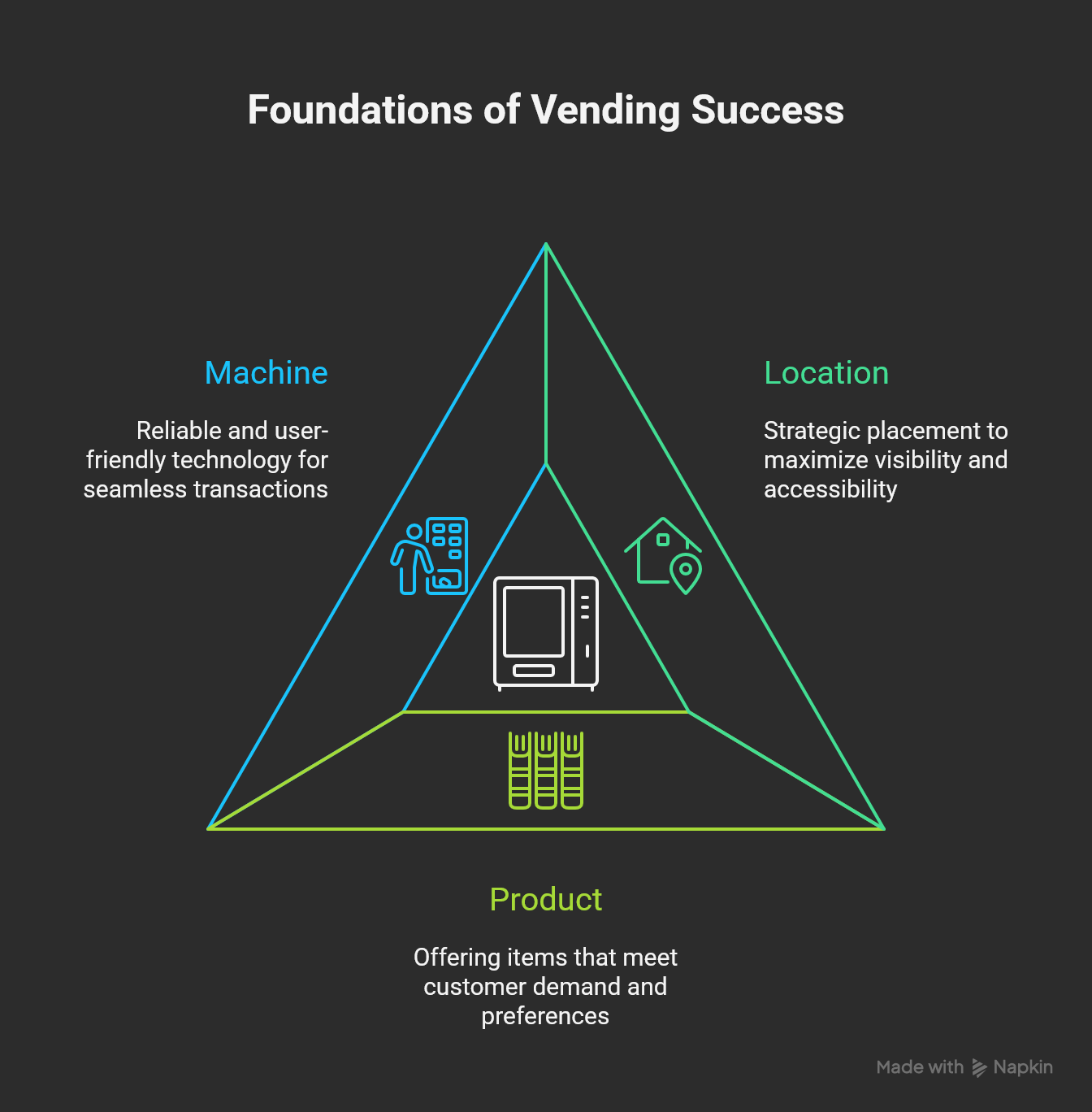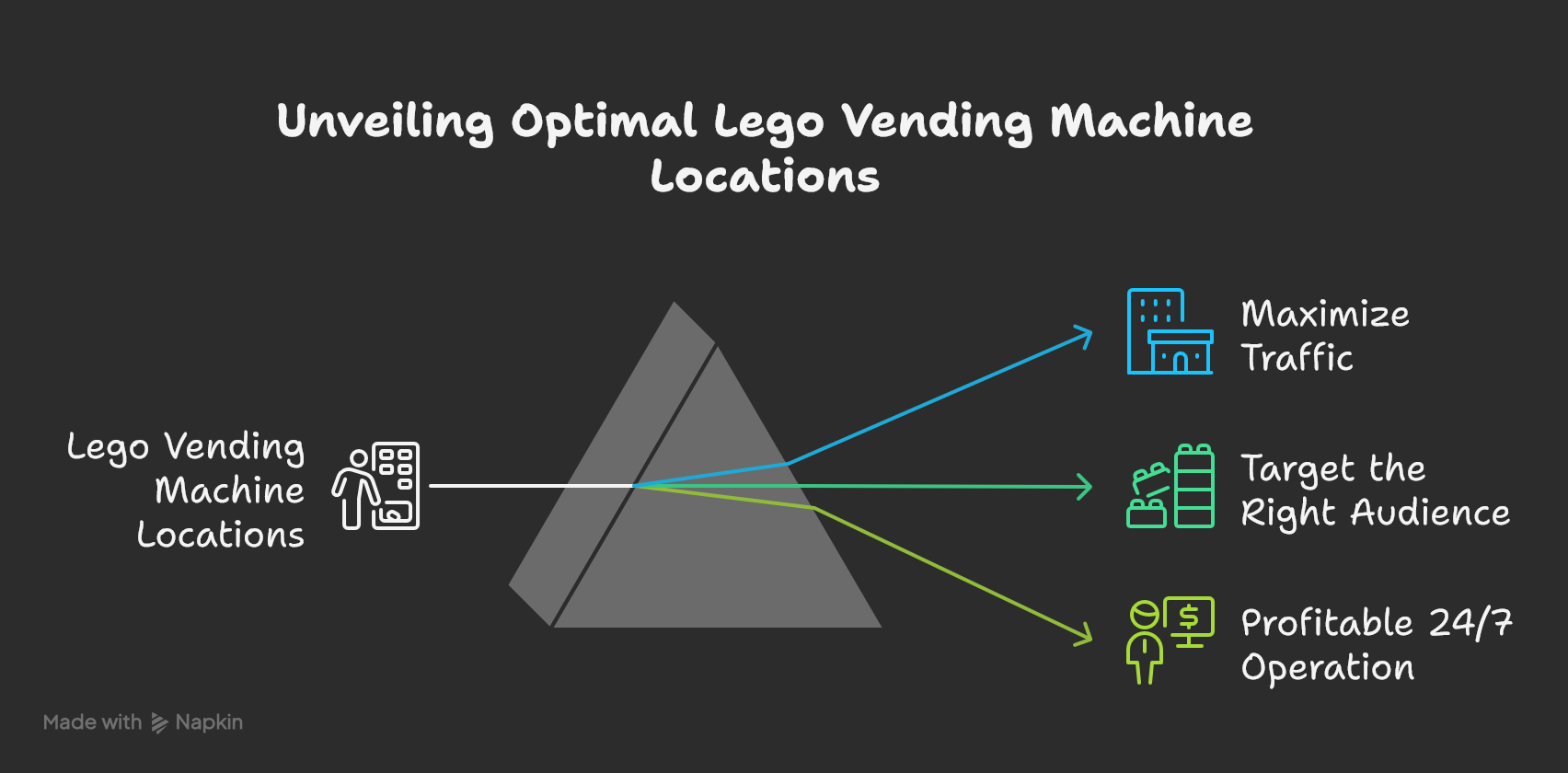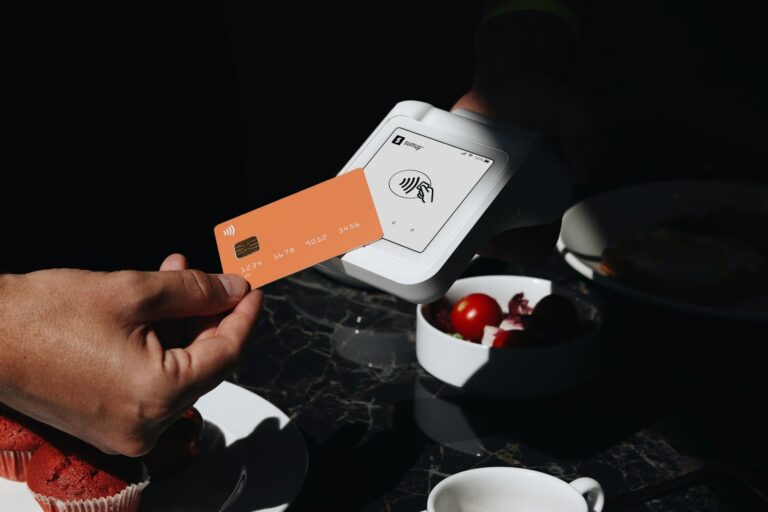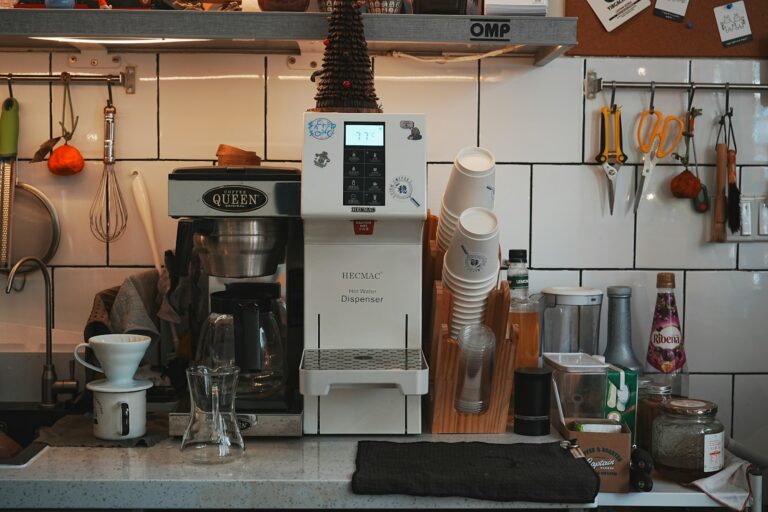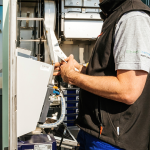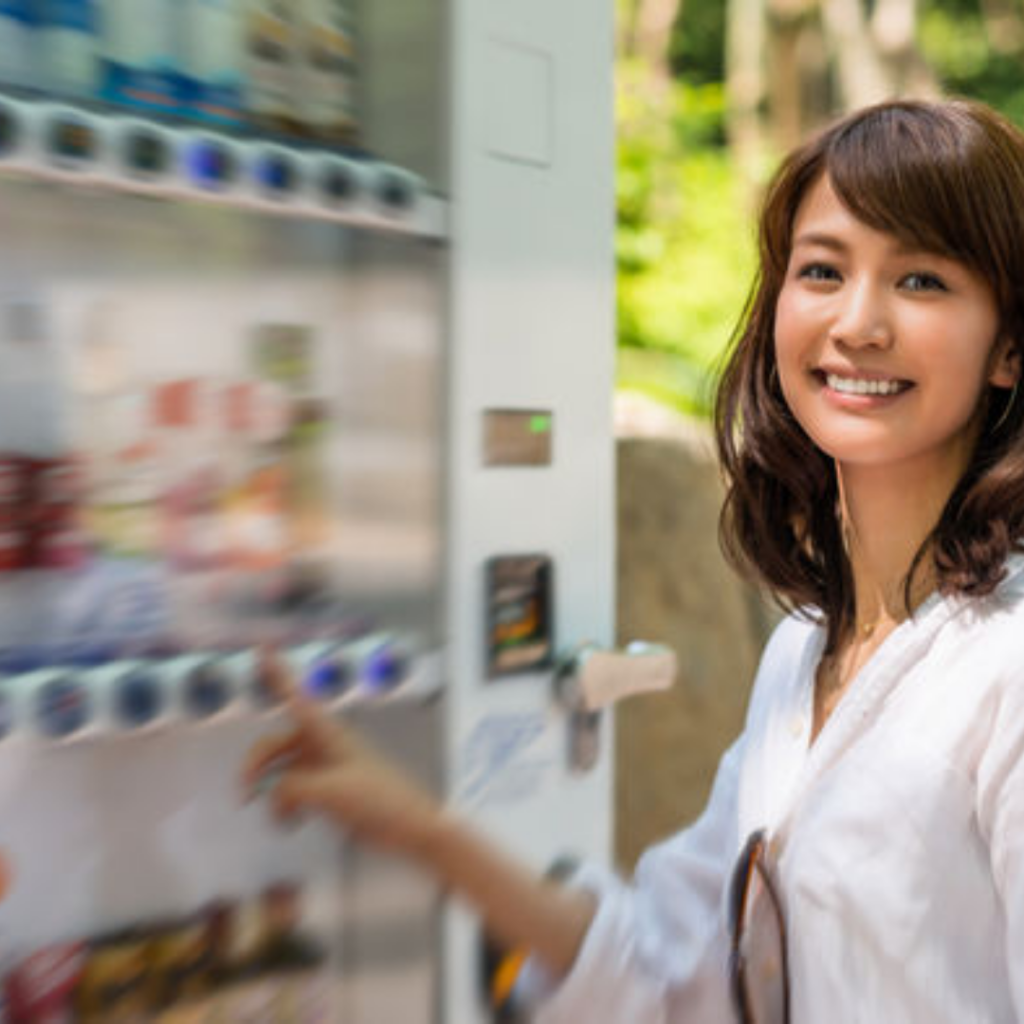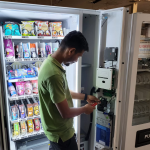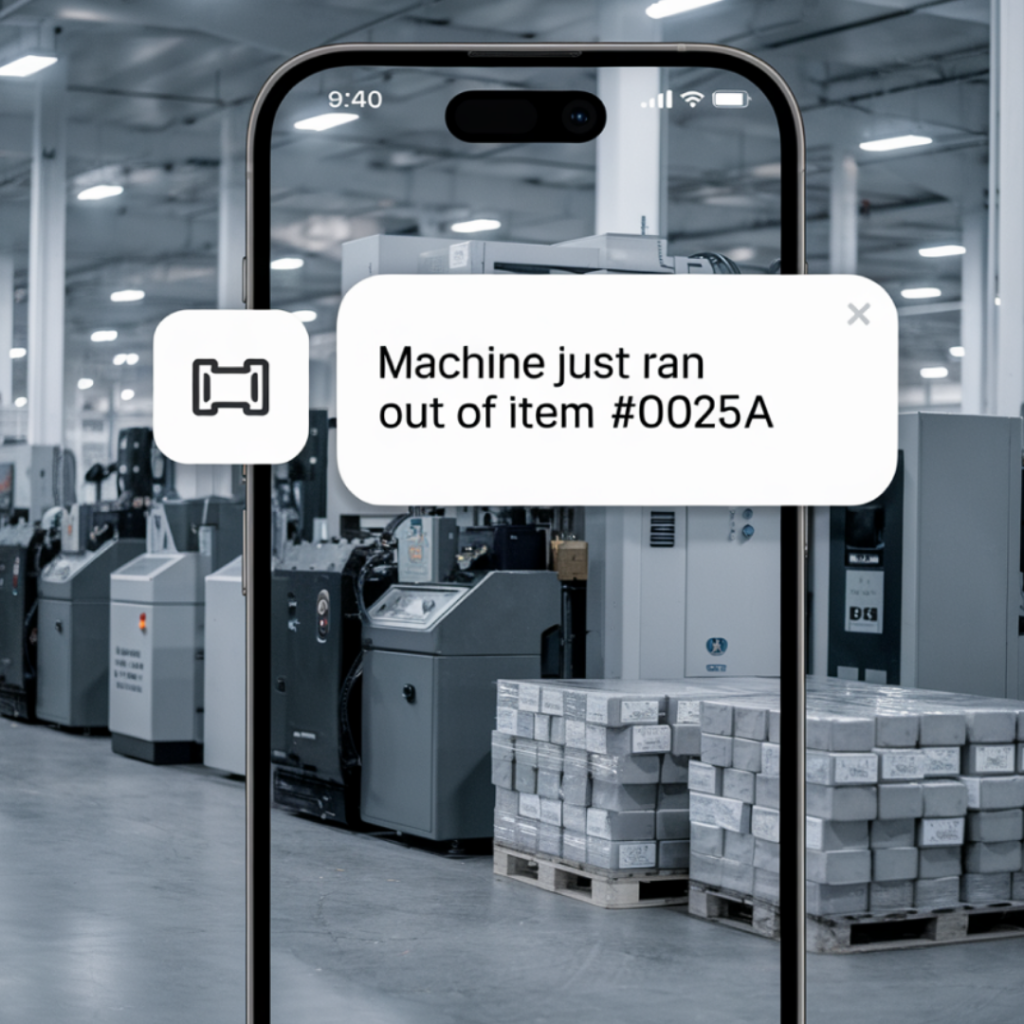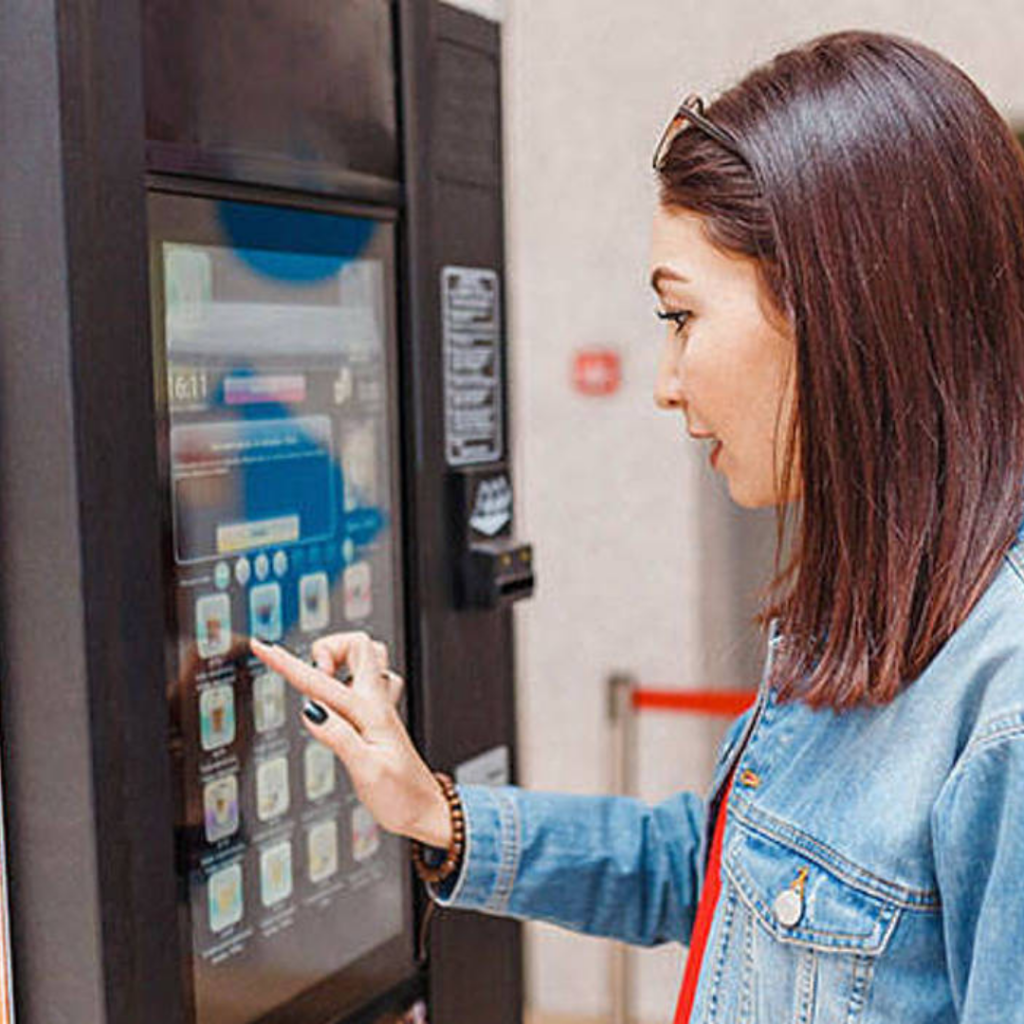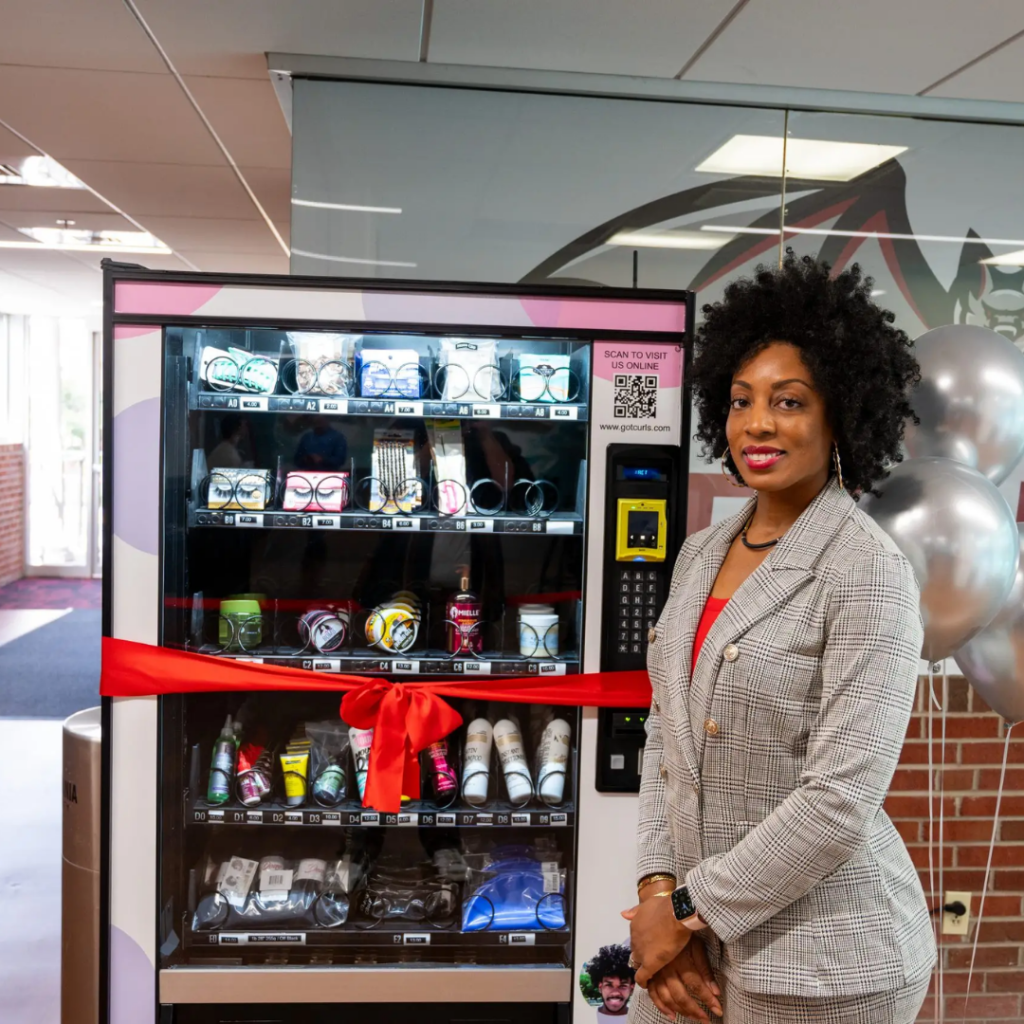Best Lego Vending Machine Locations To Maximize Sales
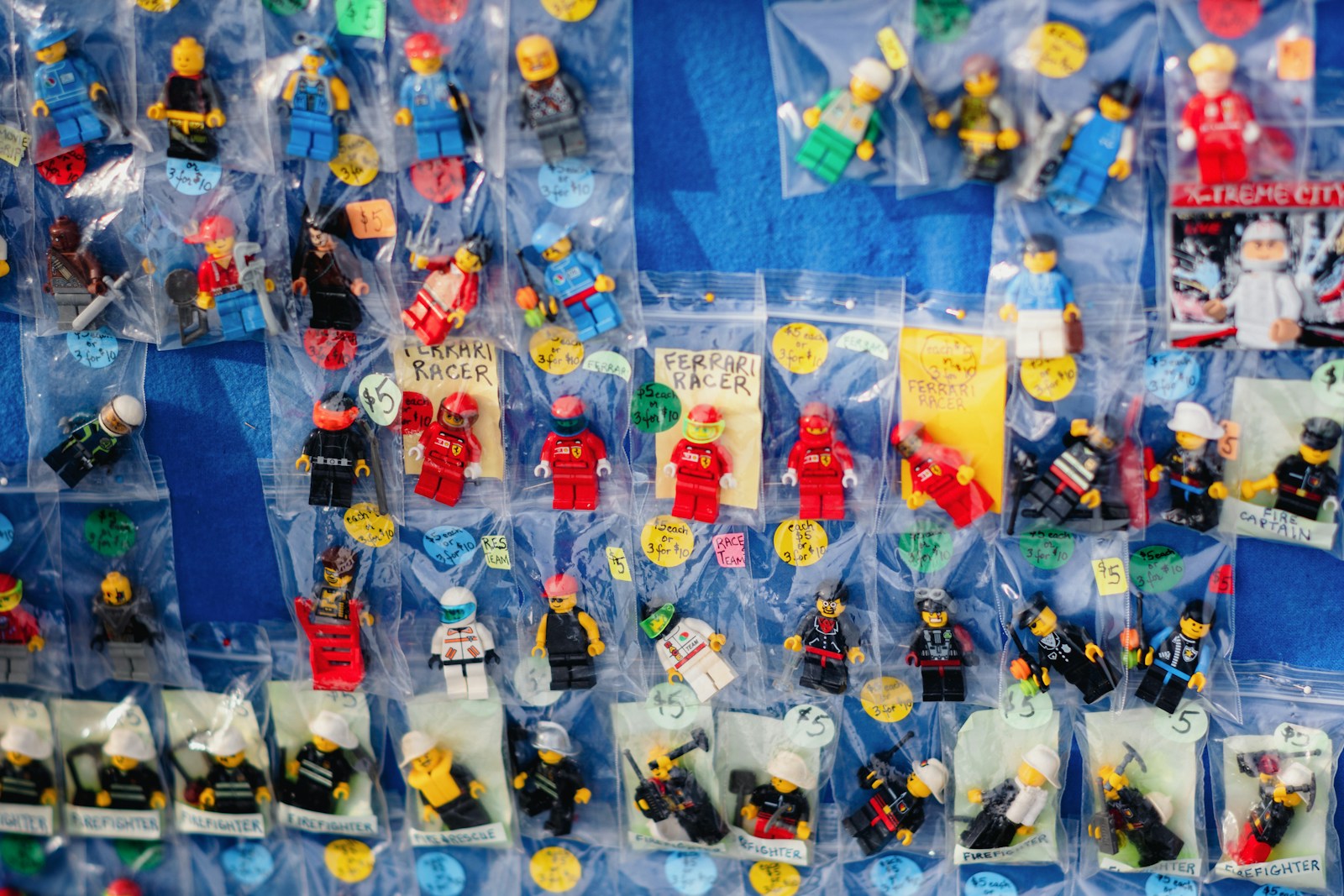
Lego vending machine locations are one of the most decisive factors that determine whether a vending venture succeeds or fails. A machine can hold the most popular toys in the world, but if it sits in the wrong place, it will gather dust instead of sales. On the other hand, when a Lego vending machine is placed in the right location, it becomes a magnet for families, driving impulse buys, repeat customers, and long-term profit. In this guide, we will explore why Lego vending machines are such a strong business idea, how the three pillars of vending success (location, product, and machine) interact, and the very best locations across the United States where Lego vending machines thrive.
Why Lego Vending Machines Work
Not every product can succeed in a vending machine. Food, drinks, and coffee dominate the industry, but toys and collectibles have proven to be powerful categories when paired with the right audience. Lego in particular holds a unique position. Unlike generic toys, Lego has brand recognition that spans generations. Parents trust it, kids want it, and collectors even seek limited-edition sets.
Universal Brand Appeal
Lego is one of the most recognizable brands in the world. Parents often grew up playing with Lego, which makes them more likely to buy it for their children. This creates a multi-generational trust that is rare in the toy industry. A Lego vending machine does not require aggressive advertising because customers already know the brand and associate it with quality and creativity. When placed in a high-traffic family environment, the Lego logo itself acts as a sales driver.
Portable and Easy To Vend
Unlike larger toys or fragile items, Lego boxes and polybags are small, durable, and easy to dispense. They fit neatly inside vending slots or elevator trays without risk of breakage. This makes them a perfect fit for elevator vending machines that use soft-drop technology to preserve product condition. Parents gain confidence knowing the toy will not be damaged, and kids get an exciting unboxing moment right out of the machine.
Strong Impulse Purchase Factor
Impulse buying is one of the main drivers of vending profits. A candy bar or soda is often purchased on a whim, but Lego carries the same psychological effect with children. Parents traveling with restless kids, or families spending a long day at a museum or airport, often make quick decisions to buy something that will occupy or entertain their child. Lego’s relatively low cost compared to electronics makes it a “yes purchase” in many scenarios.
Low Spoilage, High Shelf Life
Food and beverage vending machines often face challenges with expiration dates, refrigeration, and spoilage. Lego does not expire, does not need refrigeration, and does not require special handling. This reduces waste, lowers operating costs, and makes stocking simpler. For vending operators, this means fewer losses and a smoother business model.
The Three Pillars Of Lego Vending Success
Vending success does not depend on one factor alone. It is built on the balance of three core pillars: location, product, and machine. If even one of these pillars is weak, profits fall. When all three align, a vending business has the foundation to scale quickly and sustainably.
Location
Location is the most important pillar, especially for Lego vending machine placements. A perfect product and a flawless machine will still fail if there is not enough traffic to support it. For example, placing a Lego vending machine in a quiet office lobby or a low-traffic street corner will rarely deliver strong results. Instead, operators should target high-traffic family environments such as airports, malls, entertainment centers, and tourist attractions. The right location means the right audience at the right time, which directly translates into sales and long-term success.
To make this process easier, we offer a vending machine location matching service. Through this service, we connect operators who are eager to place their machines with businesses that want a vending machine on their premises but do not want the burden of purchasing one themselves. This creates a win-win partnership: operators gain access to high-traffic, revenue-generating spaces, while businesses enhance their customer experience with a convenient attraction like a Lego vending machine, all without upfront investment.
Product
The product must match the customer profile of the location. Lego works well because it appeals to a wide range of age groups, but it still requires thoughtful curation. Small polybags and travel-sized kits work better in airports, while mid-sized sets may sell well in malls or museums. The wrong product mix, such as very large or expensive sets, can discourage purchases even if the location is perfect.
Machine
Even the best location and product cannot succeed with a poor machine. Customers expect modern, reliable vending machines that accept cashless payments, deliver products safely, and function without downtime. A broken machine destroys confidence. VMFS USA offers Lego vending machine with industry-leading elevator systems that ensure boxes are delivered without dents or jams. Our machines maintain 99% uptime, accept all major payment methods, and can be customized with branding to attract customers. When the machine itself inspires confidence, sales follow naturally.
Examples Of Misalignment
- Great location + bad product: A Lego machine placed in a busy airport sells only large $100 sets. Customers ignore it because they want quick, affordable toys. The result is low sales despite heavy foot traffic.
- Great product + weak machine: A machine stocked with the perfect Lego sets constantly jams or fails to process credit card payments. Parents get frustrated, word spreads, and the machine loses its reputation.
- Great machine + wrong location: A state-of-the-art Lego vending machine stocked with exciting sets is placed in a low-traffic office building. Sales remain flat because the target audience is missing.
Only when all three pillars are aligned—strong location, curated Lego products, and a reliable machine—does the formula work. That alignment is what separates successful operators from those who struggle.
Best Lego Vending Machine Locations
Now that we understand the importance of alignment, let us explore the best Lego vending machine locations. These are real-world placements that maximize traffic, target the right audience, and allow machines to run profitably 24/7.
Travel Hubs
Airports
Airports are some of the best Lego vending machine locations in the world. Families traveling with kids face long waits, flight delays, and layovers. Parents often buy toys to keep children occupied during these stressful times. Lego offers a perfect solution—portable, engaging, and familiar. A Lego vending machine near a boarding gate, lounge, or baggage claim is a natural sales driver. Smaller sets and polybags priced under $20 tend to sell best, making them easy add-ons for parents who already spend heavily on travel.
Bus & Train Stations
Parents traveling by bus or train face the same challenge as air travelers—how to keep kids busy for hours. Lego vending machine in these locations capture steady foot traffic and appeal to families on the move. Compact Lego sets fit easily into backpacks and can be assembled on the journey itself, making them both entertaining and practical.
Highway Rest Stops
Families on long car trips often stop at highway rest areas for food, fuel, and quick breaks. A Lego vending machine at these stops provides parents with an easy way to reward kids and make travel smoother. This placement also benefits from repeat customers—families driving the same routes often stop at the same rest stops, leading to recurring sales.
Shopping Malls
Malls remain one of the strongest Lego vending machine locations due to concentrated family traffic. Parents shopping for clothes or electronics frequently need to entertain kids. Placing a Lego vending machine near toy stores, arcades, or food courts creates an instant pull. The colorful branding of Lego naturally stands out in these environments. Moreover, mall placements can support mid-sized sets, since families often spend more time browsing and are open to larger purchases compared to travel hubs.
Tourist Attractions
Theme Parks
Theme parks combine excitement, family presence, and long waiting times. Kids often beg for souvenirs, and parents look for affordable options compared to expensive gift shop items. Lego vending machines fill this gap. They provide recognizable, fun toys at a reasonable price point, without requiring a full gift shop visit.
Zoos & Aquariums
Zoos and aquariums attract families with young children who are looking for educational entertainment. Lego aligns well with this environment, especially if machines stock animal-themed or science-related sets. Parents view Lego as both fun and educational, making it an easy purchase in these settings.
Museums & Discovery Centers
Museums and learning centers focus on creativity, science, and exploration. Lego complements these themes perfectly. Parents see Lego purchases as more than just toys—they are extensions of the learning experience. A Lego vending machine in a science museum or discovery center can stock themed kits that align with exhibits, increasing appeal and sales.
Hotels & Resorts
Hotels and resorts that cater to families are excellent Lego vending machine locations. Parents often look for ways to keep kids busy in the evenings or during downtime between activities. A vending machine in the lobby or near common areas provides a convenient solution. Lego sets also work as spontaneous “souvenirs” that kids can build during their stay. Unlike candy or snacks, Lego offers lasting entertainment, which parents see as a better value for money.
Outdoor Events & Festivals
Fairs, carnivals, and local festivals often attract large crowds of families. Parents are willing to spend on small rewards for children throughout the day. A Lego vending machine in these locations captures impulse purchases effectively. Machines can even be stocked with limited-edition or seasonal Lego sets to create excitement and urgency. This type of location pairs well with portable machines that can be moved as events rotate through different cities.
Why The Right Machine Matters
Choosing the right machine is just as important as selecting the right Lego vending machine locations. Even the busiest airport or mall will not generate profit if the machine itself frustrates customers. Parents expect quick transactions, safe dispensing, and flexible payment options. If the machine jams or damages the toy, confidence disappears, and sales fall sharply.
Elevator Systems For Fragile Toys
Lego boxes, especially mid-sized sets, need careful handling. A drop-style vending machine risks crushing boxes or denting packaging. This lowers perceived value and reduces repeat purchases. That is why elevator vending machines are the gold standard for toys. They use a lift system to lower products gently, ensuring boxes stay intact. VMFS USA offers machines with market-leading elevator systems that achieve 99% uptime and nearly eliminate damage during dispensing.
Cashless And Contactless Payments
Parents on the go rarely carry cash. A Lego vending machine must support credit cards, debit cards, mobile wallets, and contactless payments. Some models even integrate loyalty systems, allowing repeat customers to collect rewards. Without these features, sales are lost, even in high-traffic spots. Machines that support modern payment systems position operators for success long term.
Remote Monitoring And Smart Features
Smart vending machines equipped with cloud connectivity provide real-time sales and inventory tracking. This reduces downtime because operators know exactly when to restock. Alerts also warn if a machine malfunctions. For Lego vending machines, this means fewer empty slots and less frustration for families. Remote management lowers labor costs and increases ROI, making it a critical feature for operators who plan to scale.
ROI Potential Of Lego Vending Machines
The appeal of Lego, combined with the right machine and placement, creates strong revenue potential. Let’s break down how ROI works in practice.
Average Costs
- Machine purchase: $5,000 to $12,000 depending on features like elevator systems and touchscreen interfaces.
- Product stocking: $500 to $2,000 per machine depending on mix (polybag sets, small boxes, mid-sized kits).
- Location agreements: Commission rates range from 10% to 25% depending on site.
Revenue Per Location
Sales vary by location type, but data from vending operators shows strong potential for Lego vending machine locations in family-centered hubs:
| Location | Avg. Price Per Lego Set | Estimated Daily Sales | Monthly Revenue |
|---|---|---|---|
| Airport Gate | $15 | 20–40 sets | $9,000–$18,000 |
| Mall Food Court | $12 | 10–25 sets | $3,600–$9,000 |
| Theme Park | $18 | 15–30 sets | $8,100–$16,200 |
| Highway Rest Stop | $10 | 5–15 sets | $1,500–$4,500 |
Even at the lower end of the spectrum, Lego vending machines generate consistent sales. High-traffic locations like airports or theme parks can deliver ROI in less than 12 months.
Sample ROI Timeline
- Machine + stock investment: $8,000
- Monthly revenue at busy airport: $12,000
- Monthly costs (commission + restocking): $4,000
- Net profit per month: $8,000
- ROI timeline: 1–2 months
While not every site will be this profitable, the numbers show why Lego is such a strong vending category. Even medium-traffic locations often pay off within a year.
The Role Of Location In Long-Term Success
Location remains the decisive factor in 24/7 Lego vending machine success. A toy vending machine at a rest stop may earn modest revenue, while the same machine at an international airport can outperform traditional snack or drink machines. Understanding foot traffic, audience type, and placement visibility makes the difference between a machine that breaks even and one that becomes a profit powerhouse.
High-Risk vs Low-Risk Locations
- High-reward but high-cost: Airports, theme parks, and malls. They require higher commissions but deliver more sales volume.
- Moderate-reward: Train stations, hotels, museums. Consistent but smaller daily sales.
- Low-reward: Small-town shops, low-traffic lobbies. Limited volume and slower ROI.
Final Thoughts On Lego Vending Machine Locations
Lego vending machine succeed when three elements align: location, product, and machine. The right Lego sets in the wrong place will not sell. A great location with a faulty machine will destroy customer confidence. Only when all three pillars are balanced do Lego vending machine locations deliver their full potential.
Travel hubs like airports and train stations, family attractions like zoos and museums, and high-traffic malls remain the best placements. Pairing these locations with elevator vending machines that protect product packaging ensures sales remain steady. With Lego’s global brand recognition, impulse appeal, and long shelf life, these machines represent one of the strongest growth opportunities in the vending industry today.
If you are planning to invest in toy vending, consider the balance of all three pillars. With the right machine, the right Lego sets, and the right location, your vending business will not only cover its costs but also deliver long-term profit and customer trust.

